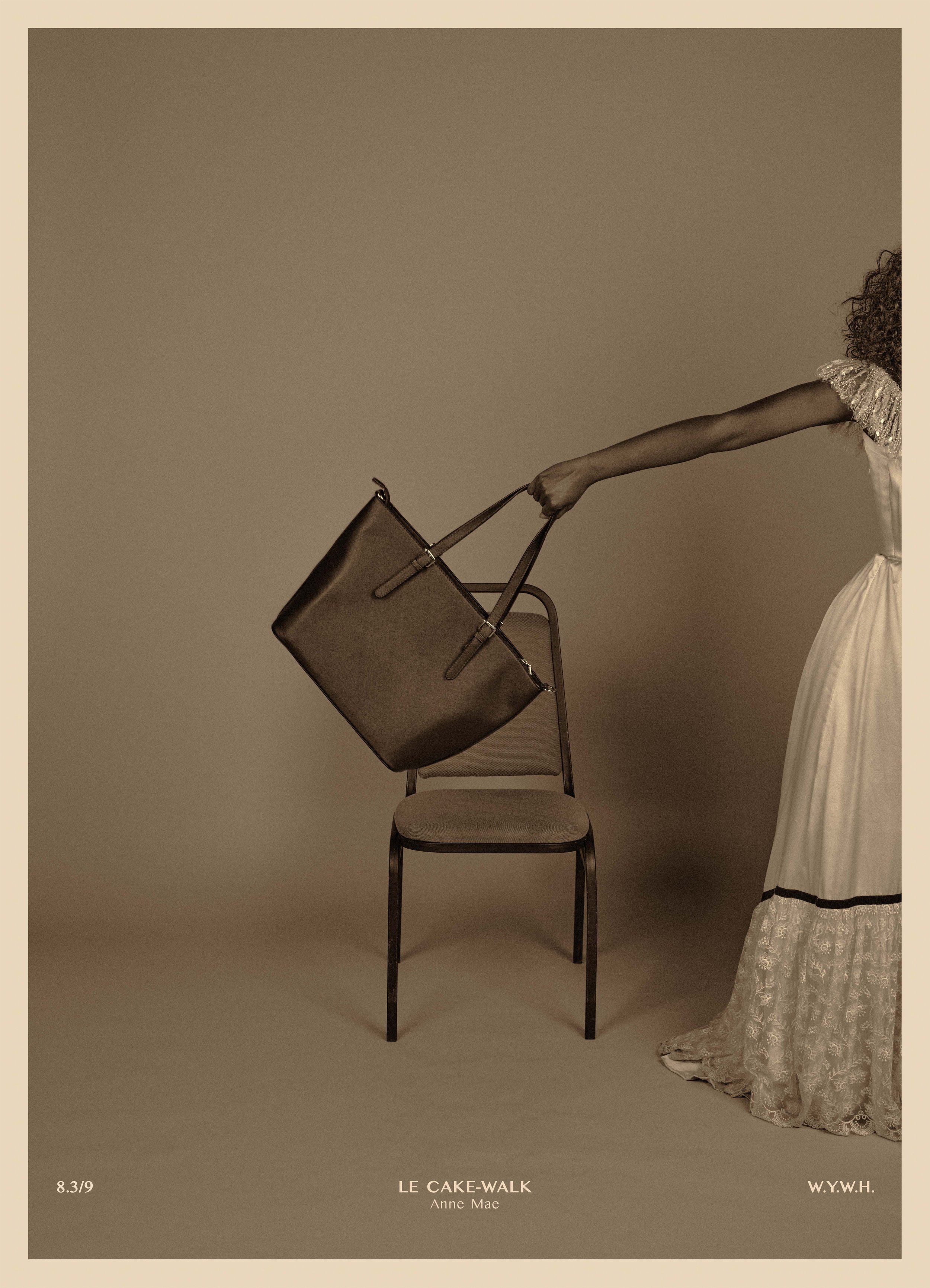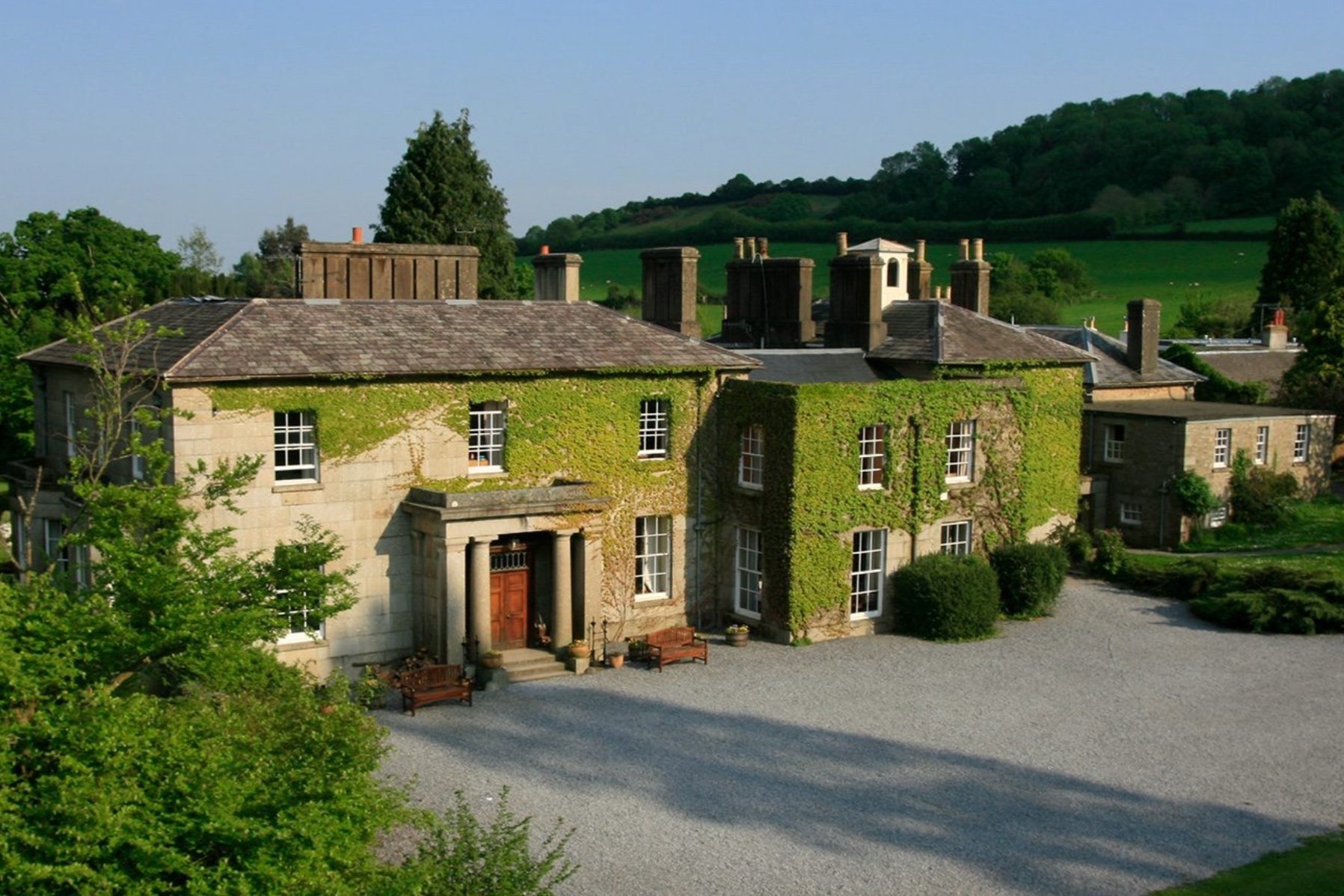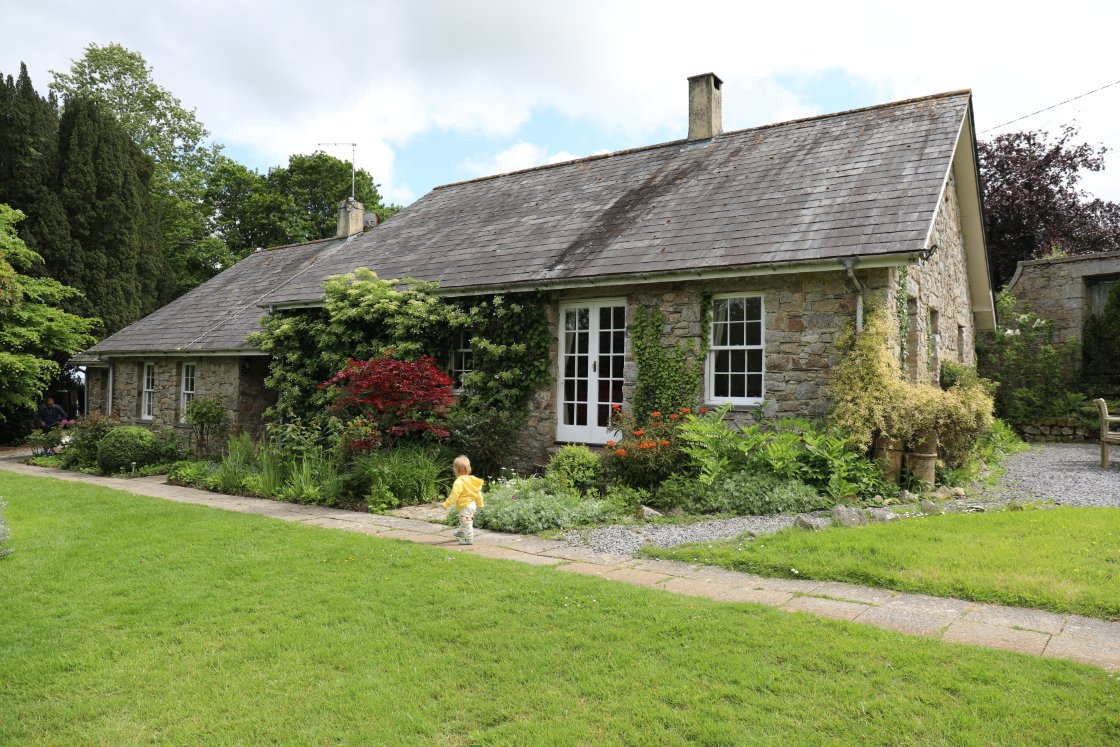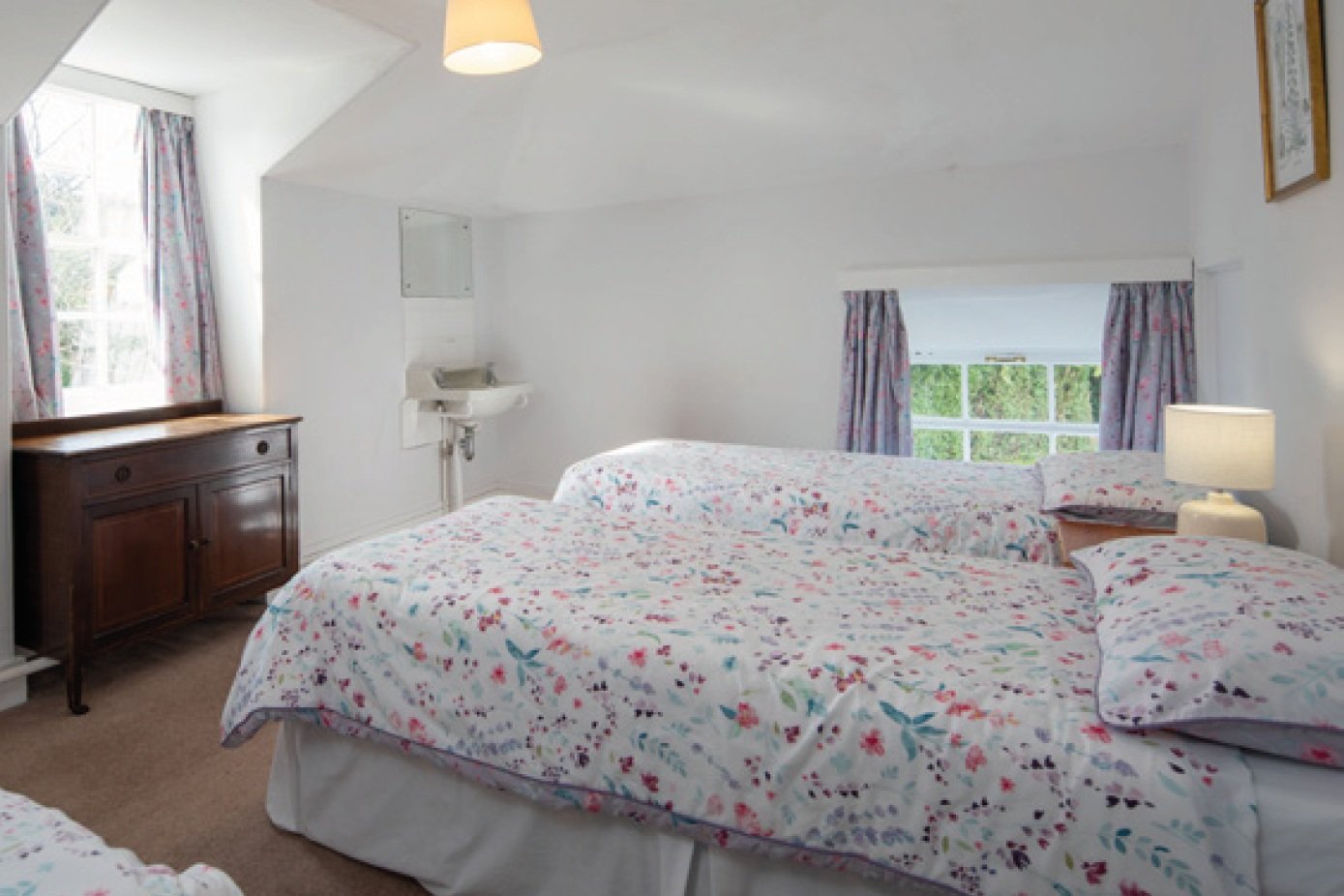The Body Remembers, Le Cake-Walk, Wish You Were Here, 2020 © Heather Agyepong
interview by Lara Monro
self-portraits by Heather Agyepong
On Thursday 26 January The Centre for British Photography will open for the first time. Founded by the gallerist and philanthropist, James Hyman, the charitable organization will present free, self-generated exhibitions as well as those led by independent curators and organizations championing the work of British photographers.
Hyman explains: “We hope that through this initial showcase to make a home for British photography we can, in the long run, develop an independent centre that is self-sustaining with a dedicated National Collection and public program.”
There will be two leading exhibitions, organized in partnership with Fast Forward Photography. Headstrong: Women and Empowerment celebrates photographers based in Britain who have made work concerned with how they are represented, what they are dealing with in their everyday lives and what it means to embrace diversities that challenge the conservative order of a patriarchal society. And, Images of the English at Home takes the viewer on a journey from the street, up the front steps, and into the private spaces of the living room, kitchen and bedroom before sending them out into the back garden.
Alongside the exhibitions, The Centre will spotlight five British photographers as part of an In Focus display; Natasha Caruana, Jo Spence, Andrew Bruce, Anna Fox and Heather Agyepong.
Autre’s London editor-at-large, Lara Monro, spoke with the multidisciplinary artist, Heather Agyepong, to discuss her body of work, Wish You Were Here. Commissioned by The Hyman Collection in 2019, the series explores the work of Aida Overton Walker, the celebrated African American vaudeville performer who challenged the rigid and problematic narratives of Black performers.
LARA MONRO: Wish You Were Here pays homage to the work of Aida Overton Walker who was known as the Queen of the Cake-Walk. How and when did you first come across Walker’s work, and can you tell me more about the Cake-Walk?
HEATHER AGYEPONG: I came across the word Cake-Walk in a script I was reading, googled it, and saw a video of this dance with Black performers doing this high-kicked, structured dance but later found out that it was originally to mock slave owners. I thought to myself, there is a project there. A few weeks later, James Hyman wanted to meet to commission me for some work and proceeded to pour out these postcards of cake walk dancers! Some of the depictions were beautiful but a lot were racist and pretty disgusting. We later discovered someone called Aida Overton Walker who reimagined the dance and was celebrated as a Black, female performer who reclaimed the dance and filled it with grace, preciousness, and technicality. She was my anchor into the work, the woman I felt was calling out to me at the time to reclaim and take space.
Anne Mae, Le Cake-Walk, Wish You Were Here, 2020 © Heather Agyepong
MONRO: Your images are layered with symbolism to illicit a conversation about the boundaries of how we see ourselves both in real and imagined realities. Can you tell me more about this and your specific use of symbolism?
AGYEPONG: A lot of the work is centered around pop culture references, memes, gifs and song lyrics very much present within the Black diasporic experience. For example, the triptych Anne Mae is a reference to the gif of Annalise Keating (played by Viola Davis) where she left a disrespectful conversation by rolling her eyes and taking her bag. For me especially as an actor, seeing a dark-skinned, Black woman know her worth and saying “No” unapologetically felt like something I wanted to channel for myself. The themes of the work focus on ownership, giving oneself grace and acknowledging the challenges of navigating creative spaces as a Black art maker.
MONRO: As well as concepts of ownership and entitlement, the series explores mental wellbeing. Can you talk me through how you explored these themes through your images?
AGYEPONG: At the time of making the work, I was feeling a little lost and overwhelmed. My first major photographic series did really well (Too Many Blackamoors) but I kept being told to make work about race in a particular way. I was thinking two things: how do I make this career sustainable and survive? but how do I also retain my integrity and my intentions of making work to better understand myself? Overton Walker was the light at that moment; someone who survived and made a mark in an incredibly hostile environment where only limited embodiments of Black bodies were allowed on stage. She subverted, agitated, and pushed the boundaries of her limitations. Without figures like her, I wouldn't be where I am now. So, to honor that, I better damn well use my will as freely as possible.
Caucasian Chalk Circle, Le Cake-Walk, Wish You Were Here, 2020 © Heather Agyepong













